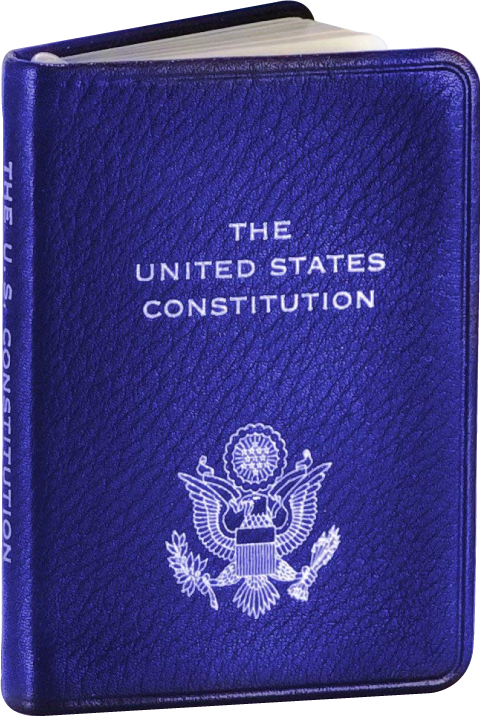The History
Lee Resolution
June 7, 1776

Congress, meeting in Philadelphia, receives Richard Henry Lee’s resolution urging Congress to declare independence, stating “that these United Colonies are, and of right ought to be, free and independent States, that they are absolved from all allegiance to the British Crown, and that all political connection between them and the State of Great Britain is, and ought to be, totally dissolved.”
Committee of Five Appointed
June 11, 1776

Thomas Jefferson, John Adams, Benjamin Franklin, Roger Sherman, and Robert R. Livingston appointed to a committee, known as “The Committee of Five” to draft a declaration of independence. American army retreats to Lake Champlain from Canada.
Declaration of Independence Drafted
June 12, 1776

From the span of June 12—27 the committee requests Thomas Jefferson to draft a declaration, that is the basic text of his “original Rough draught.” Jefferson’s draft—now in the manuscript collections of the Library of Congress—is reviewed by the committee before being submitted to the Congress.
Declaration of Independence Revised
July 1, 1776

From July 1—4 Congress debates and revises the Declaration of Independence. On July 2 the Lee Resolution was adopted and Congress declares independence as the British fleet and army arrive at New York.
Declaration of Independence Adopted & Printed
July 4, 1776

Congress adopts the Declaration of Independence in the morning of a bright, sunny, but cool Philadelphia day. John Dunlap prints the Declaration of Independence. These prints are now called “Dunlap Broadsides.” Twenty-four copies are known to exist, two of which are in the Library of Congress. One of these was Washington’s personal copy.
Copies of Declaration Dispatched
July 5, 1776

John Hancock, president of the Continental Congress, dispatches the first of Dunlap’s broadsides of the Declaration of Independence to the legislatures of New Jersey and Delaware.
Declaration Shared With Public
July 6, 1776

Pennsylvania Evening Post of July 6 prints the first newspaper rendition of the Declaration of Independence. Two days later, on July 8, the first public reading of the Declaration takes place in Philadelphia.
Declaration Read Before The American Army
July 9, 1776

Washington orders that the Declaration of Independence be read before the American army in New York from his personal copy of the “Dunlap Broadside.”
Congress Orders Declaration of Independence Engrossed
July 19, 1776

Congress ordered that the Declaration be “fairly engrossed (officially inscribed) on parchment, with the title of ‘The unanimous declaration of the thirteen United States of America’ and that the same, when engrossed, be signed by every member of Congress.”
Declaration of Independence Signed
August 2, 1776

Delegates begin to sign engrossed copy of the Declaration of Independence. A large British reinforcement arrives at New York after being repelled at Charleston, S.C.
UNITED STATES CONSTITUTION, POCKET SIZE, GENUINE LEATHER, EMBOSSED AMERICAN EAGLE
- Genuine Soft & Supple premium calfskin leather cover. Book has cream-white acid-free paper with gilt edges
- Embossed American eagle emblem on cover.
- This 192-page edition contains the complete United States Constitution, the Bill of Rights & More
- The book is smyth sewn for strength, longevity and openability. The paper comes from renewable resources and meets the requirements for ANSI/NISO Z39.48-1992 (Permanence of Paper)
- SIZE: 2 3/4″ x 3 3/4″ Inches — Published and bound in the USA.
- COLORS: Black, British Tan, Green, Indigo Robin’s Egg Blue, Rose Gold, White Gold
This palm sized leather bound book is a 192 page edition containing the complete United States Constitution, the Bill of Rights, and every constitutional amendment to the present day. Also included is an impressive array of documents, revealing the ideas, aspirations and differing views of the founding fathers. These documents include The Declaration of Independence, The Virginia Bill of Rights, Massachusetts Bill of Rights, Articles of Confederation, Virginia Statute of Religious Freedom, The Annapolis Convention, plans to create a new national government by Edmund Randolf, William Patterson and Alexander Hamilton, and The Great Compromise. Our premium soft calfskin is considered among the finest full-grain leathers in the world. A journal bound in it will be kept a lifetime, growing more beautiful as it is handled in use.

